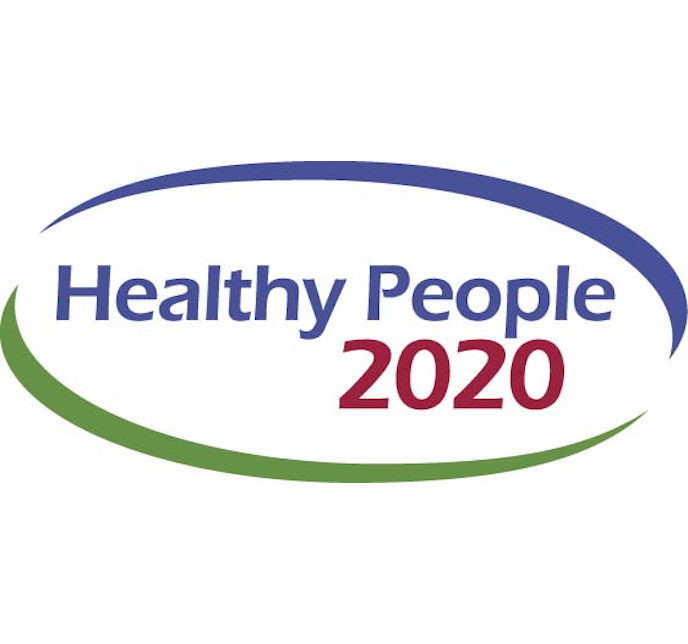Healthy People 2020
Healthy People 2020
Discuss aspects of a health concern not being addressed despite the efforts of services and partnerships involved and describe the ultimate outcome(s) or goal(s) from Healthy People 2020 relating to that specific health concern.
Answer the following questions to assist in data interpretation:
What similarities are apparent between the data that were gathered and the data that were generated?
What differences are apparent between the data that were gathered and the data that were generated?
What are the weakness and strengths of this community?
In what areas is improvement needed in this community?
The assignment should be written in an APA-formatted essay. The essay should be between 1500 and 2000 words in length and include at least two scholarly sources other than provided materials.

Health Concern Not Being Addressed and Healthy People 2020 Goals
Obesity is a major public health concern that continues to affect communities despite the efforts of healthcare services, educational programs, and community partnerships. While many services promote healthy eating and exercise, certain aspects, such as socioeconomic factors and access to affordable healthy food, remain inadequately addressed.
Healthy People 2020 has set clear goals to reduce the proportion of adults and children who are obese and to improve overall nutrition and physical activity. The ultimate outcomes focus on reducing obesity-related health conditions like diabetes and heart disease, increasing public awareness of healthy lifestyles, and promoting environments that support physical activity and access to nutritious foods.
Similarities Between Gathered and Generated Data
When data were gathered from community assessments, both the gathered and generated data indicated high rates of obesity within the population. Both types of data identified poor diet and physical inactivity as major contributing factors. Community surveys and focus groups echoed national statistics, showing that a significant portion of the population was either overweight or obese. Additionally, both sets of data demonstrated the community’s general awareness of obesity as a problem, with residents expressing concern over their weight and health.
Differences Between Gathered and Generated Data
While the gathered data reflected general trends in obesity rates, the generated data highlighted more specific local factors. For example, the generated data from local surveys and focus groups revealed that while many community members understood the importance of a healthy diet, limited access to affordable healthy food and few opportunities for physical activity were substantial barriers.
In contrast, gathered data from broader sources might suggest general solutions such as dietary education, whereas the generated data indicated that addressing socioeconomic barriers, improving local infrastructure (e.g., parks, walking paths), and providing better access to affordable fresh produce were more specific community needs.
Weaknesses and Strengths of the Community
One of the strengths of the community is the presence of active local partnerships, including schools, community centers, and healthcare providers, which work together to promote health. Many community members are willing to participate in health programs, and there is awareness of the obesity issue.
However, the weaknesses include limited access to healthcare services, especially preventive services like nutritional counseling, and economic disparities that prevent some residents from adopting healthier lifestyles. In some parts of the community, “food deserts” exist, where fresh fruits and vegetables are hard to find, and residents may rely on fast food and convenience stores for meals.
Areas for Improvement
Improvement is needed in infrastructure to support physical activity, such as creating more parks, walking paths, and community fitness programs. Additionally, efforts should be made to improve access to healthy foods by encouraging grocery stores to carry fresh produce, supporting local farmers’ markets, and offering subsidies or food assistance programs for low-income families. Another area for improvement is in health education, specifically targeting the younger population to instill healthier eating habits and the importance of physical activity early on.
Conclusion
The issue of obesity in the community reflects a complex interplay of factors that extend beyond simple education and awareness campaigns. Addressing the root causes, such as socioeconomic barriers and access to healthy food, will require a more targeted approach. Healthy People 2020 goals emphasize reducing obesity and improving access to health-promoting resources, and to meet these goals, more comprehensive strategies will need to be employed at both local and national levels.
By understanding the data differences, community weaknesses, and areas for improvement, better strategies can be designed to tackle obesity and improve overall health outcomes.
References
Hales, C. M., Carroll, M. D., Fryar, C. D., & Ogden, C. L. (2020). Prevalence of obesity and severe obesity among adults: United States, 2017–2018. National Center for Health Statistics Data Brief, (360), 1-8. https://www.cdc.gov/nchs/products/databriefs/db360.htm
Sahoo, K., Sahoo, B., Choudhury, A. K., Sofi, N. Y., Kumar, R., & Bhadoria, A. S. (2015). Childhood obesity: Causes and consequences. Journal of Family Medicine and Primary Care, 4(2), 187-192. https://doi.org/10.4103/2249-4863.154628



